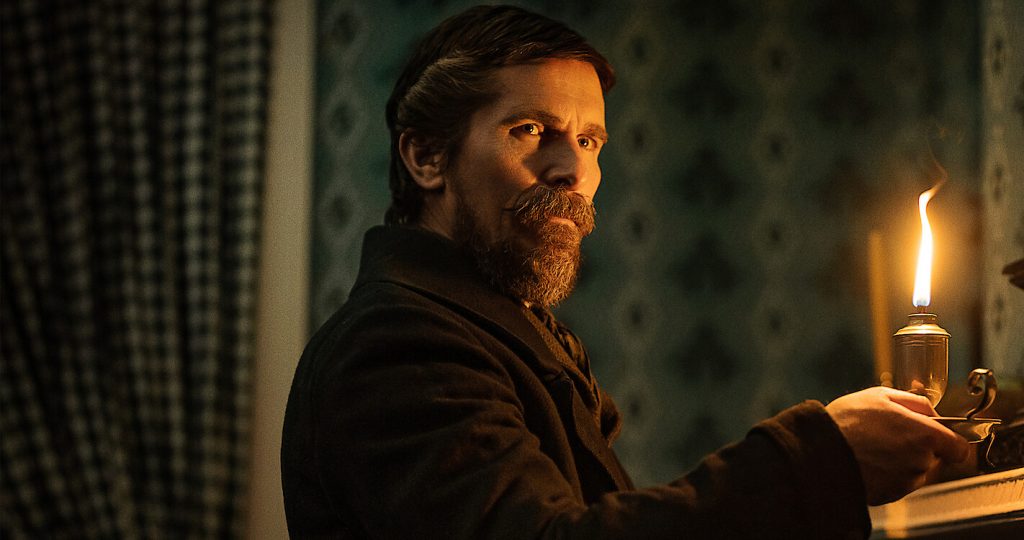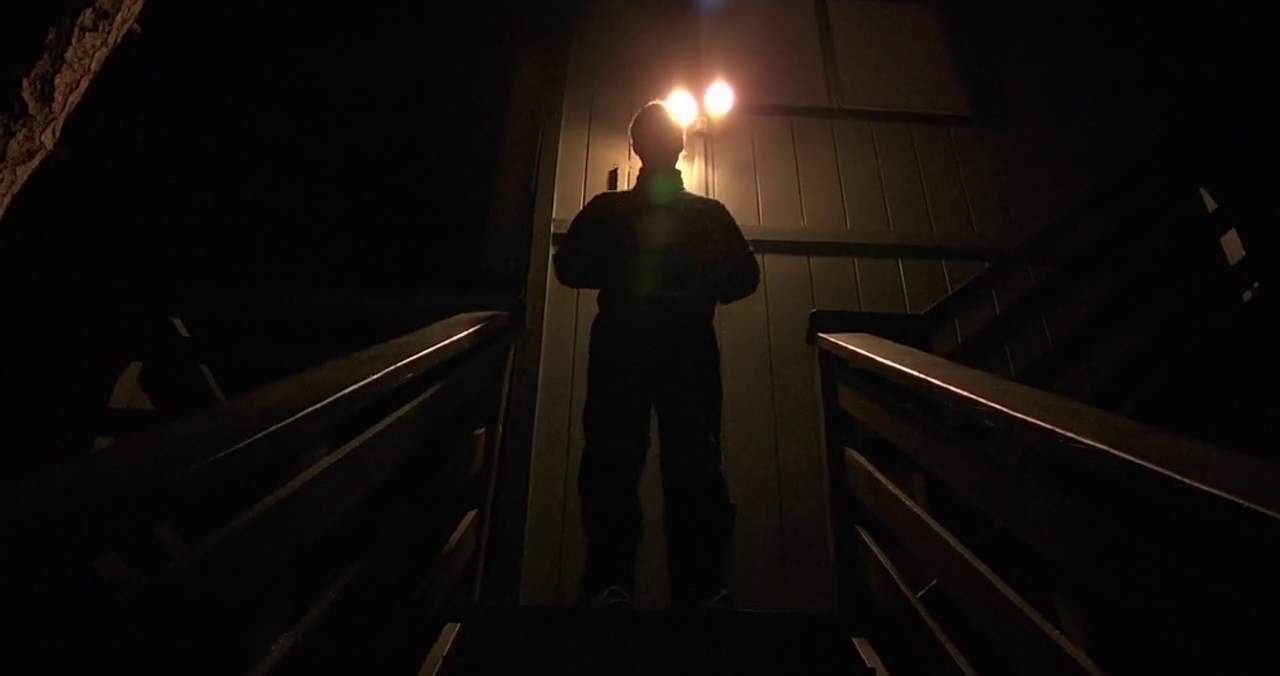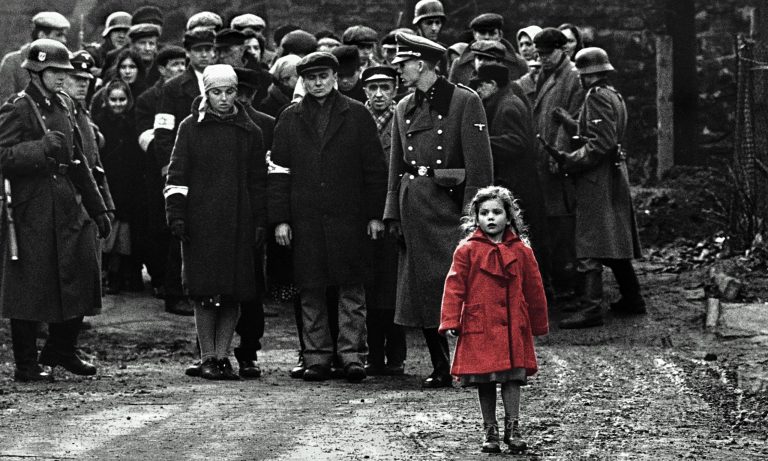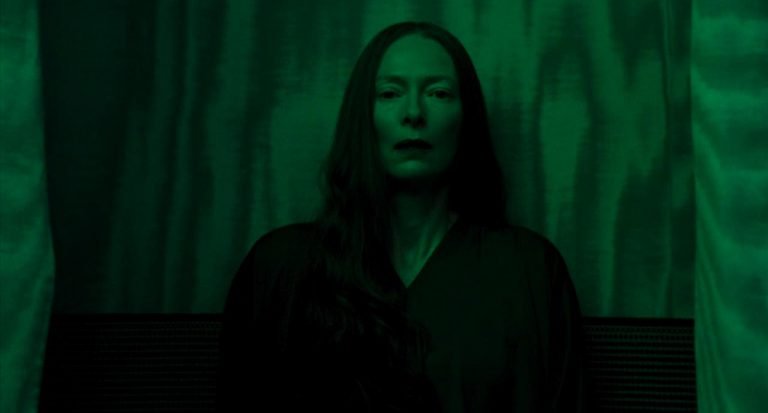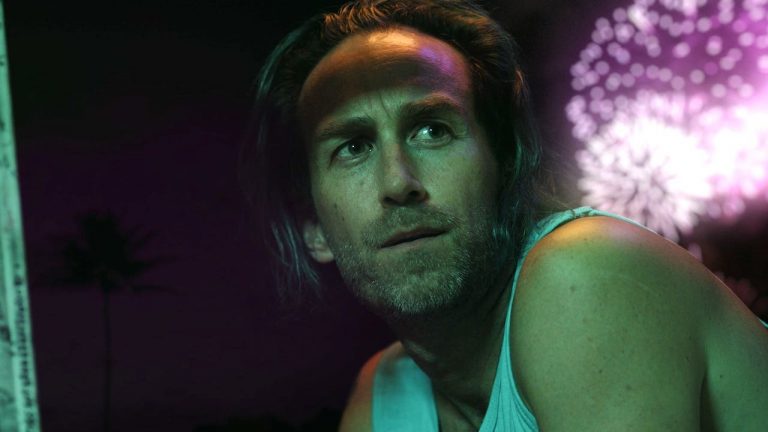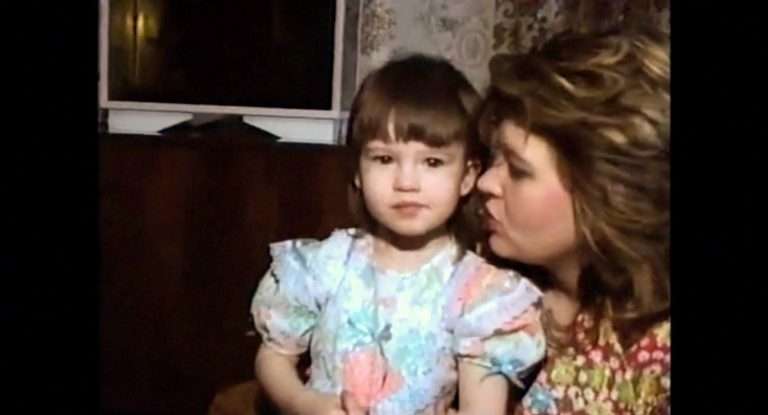The Pale Blue Eye Ending Explained: Christian Bale has had a prolific partnership with Scott Cooper, who writes and directs Netflix’s new mystery drama, The Pale Blue Eye. The pair shared creative turns in Hostiles and Out of the Furnace, both of which did well. Their newest venture, though, is arguably their best effort till now. You can read our thoughts about the film here. Most significantly, The Pale Blue Eye is a mesmerizing mystery with many red herrings. It definitely fits into the category of a slow burn and lives up to the billing of an intriguing whodunnit. As the narrative takes shape, the viewer is sent in all directions scampering for answers.
Related: 10 Best Christian Bale Movie Performances
First, it suggests a madman on the loose, hunting cadets of the United States Military Academy endlessly. Then, the plot takes a turn toward satanic practices influencing the matter. And from there on in, an element of vengeance is introduced to complete the story. If you do have several unanswered questions from The Pale Blue Eye, you have come to the right place. Below we have tried to write an ending explainer for The Pale Blue Eye with a special focus on clearing up potent plot points for you. Needless to say, a lot of SPOILERS AHEAD!
Is the Pale Blue Eye based on a true story?
The clear answer is no. Despite Edgar Allen Poe’s involvement in the plot, this story is not based on real-life events – as far as the world knows. Except for Poe, all the characters in this story are fictional. This film is based on Louis Bayard’s novel of the same name, released in 2003. The only thing it has in common with real events is that Poe was stationed at the same place during that exact same time as the film’s plot is set. When it comes to the genre of the Pale Blue Eye, it is neither an account of Poe’s life as he is hardly the focus of the mystery solving, despite being at the center of it.
Some references from his prestigious works are mentioned to embellish the spirit of the story and resonate emotionally with the viewer the dramatic heft. But the explanation about his part pretty much ends on that note.
Who took out Fry and Ballinger’s hearts?
It is revealed in the very end that Landor’s suspicions are proved right. When he first went out to the house by the lake and down the secret door, he noticed traces of melted cancel and blood in the middle of a circle. He proceeds to clear the dust around the room and notices that he is standing in the middle of a triangle, scribed in a circle when Poe arrives at his instruction. He took note of the drawing and took it to his good friend Professor Jean Pepe (played by Robert Duvall). Pepe instantly confirmed that it was a symbol of witchcraft and proceeded to show Landor and Poe two books in his closet that confirmed the patterns.
One of them was by Henri Clerc. The ending revealed that it was Artemus and Lea who took out the heart of Henry Fry. They were descendants of Clerc and got their hands on his original book, where he formulated a condition where one could achieve immortality. To complete those rituals, they required the sacrifice of a loved one and some other requirements that are not mentioned clearly in the movie. But yes, they were behind Fry’s mutilation. Ballinger is a totally different case. It was Landor who had cared out his heart and that of a dead cow and sheep. Read on in the next section to know why.
Why did Landor carve out the hearts of the sheep?
On the face of it, there is no significance. But a line in Clerc’s book confirms Landor’s master move to avoid suspicion. When they were categorizing practices that pointed towards satanic attitudes, one of them was the killing and mutilation of those animals that Christians did not savor. Cows and sheep are mentioned in that sentence in Pepe’s house when Landor and Poe go for the first time. It was a ruse on Landor’s part to do so. Because this would divert all the attention from him, and Poe would be convinced that, indeed, someone was looking to bring witchcraft back and sacrifice those animals for ulterior motives.
What was the truth behind Mathilde’s disappearance?
Landor reveals in the ending what actually happened to his daughter. Earlier, he had told Poe that she had run off with someone “he knew only in passing.” But later on, it is confirmed that she committed suicide. In fact, she was driven to do it by a heinous crime. When coming back the night of the Academy Ball, she was corned by three young cadets. They were Fry, Ballinger, and Julius. They forced themselves on Mathilde and raped her. Landor found her in the morning, wandering the woods all by herself.
She was never the same again. Her mental state was disturbed, and Landor found it hard to see her like this. She kept mumbling and praying to God to give her justice, but he could not help like this. One day, she ran off and jumped from the cliff to her death, saying, “it will all turn out” to Landor. This is perhaps why Julius had run off. He knew that Landor would come after him as he killed Fry and Ballinger.
The Pale Blue Eye Ending Explained
Who was behind the murders, and why were they committed?
The last half hour of the film really flies by. Considering how the remaining minutes felt a bit stretched, the ending stood in stark contrast. Everything in this period is triggered by something Landor notices in Jean Pepe’s house. In the book he picks up, Henri Clerc’s piece about witches and sorcery, he notices his picture. He rushes to the Marquis’ house, and his fears are confirmed. The same picture hangs in their living room, something he saw the first time when he went for the dinner they conducted after Ballinger’s murder. Landor then asks Daniel about his family’s history. Clerc was indeed one of his ancestors, and Daniel also confirms something even more horrifying.
Lea’s seizures did not have a cure in the entire medical regimen Daniel scoured for years. Everything failed, but she could not get better. The doctors did not give her too much time to live. When she discovered she had the ability to “communicate with the dead,” owing to her ancestry, she tried her hand at sorcery and witchcraft. As all of this is being discussed, we cut straight to the basement of the house by the lake, where Poe is lying unconscious, and blood is dripping from his hand.
Artemus, Julia, and Lea stand around him. The daughter starts preparing the “ritual” that will help her cure the seizures. She takes Poe’s blood and smears it across her face vertically, and starts chanting something in Latin. Julia, too, starts doing it, and Artemus moves to grab the knife. Lea draws the contours of a satanic symbol around Poe’s heart, and her brother’s task is to cut it out. Daniel reveals the same to Landor, and the detective quickly rushes to the spot. He just about reaches there in time and stops the ritual. In the chaos, the candles are overturned, and the house is lit on fire. Lea and Julia keep their chanting going, but the charred wood beams fall upon Lea to kill her.
The chants were actually formulae for immortality that Clerc left in his book. Poe is awoken and dragged to safety by Landor, who first has to fight off Artemus. Seeing her sister in distress, he rushes to her aid and rues the death. A beam falls on him, too, killing him. Landor can drive Julia to safety as well, and the three get out. News breaks out the next day as Poe goes into the nursery. The mystery stands solved, and Hitchock and the Colonel thank Landor for his efforts. Some days pass by, and Poe gets back to his best. He pays a visit to Landor at his cottage. And that is when we discover a new twist in the tale.
Poe reveals that he has compared the handwriting of the note Landor left for him and that found in Fry’s hands. The chances of them being written by two different people are next to impossible, and it had to be Landor. But why would he kill Fry? Patsy had the answer for Poe. It was revenge for Mathilde, Landor’s daughter, who had actually not run away. Landor committed both murders. Artemus and Lea only took out Fry’s heart, believing the formula in the book for immortality. Next, they had to get Poe’s heart, which they were not able to do. Poe is not satisfied with what Landor has done.
He wants to turn him in, and Landor hands him his confession. As Poe is about to leave, he burns the note, signaling that he will not implicate Landor. The old man rues the missed chance that Mathilde had instead run into Poe that night and they could have been family. In the end, we see Landor walking up to the same spot from where Mathilde jumped and letting go of the ribbon that she used to wear in her hair. It is an act that signifies his peace with exacting vengeance on those who drove his daughter to commit suicide.

